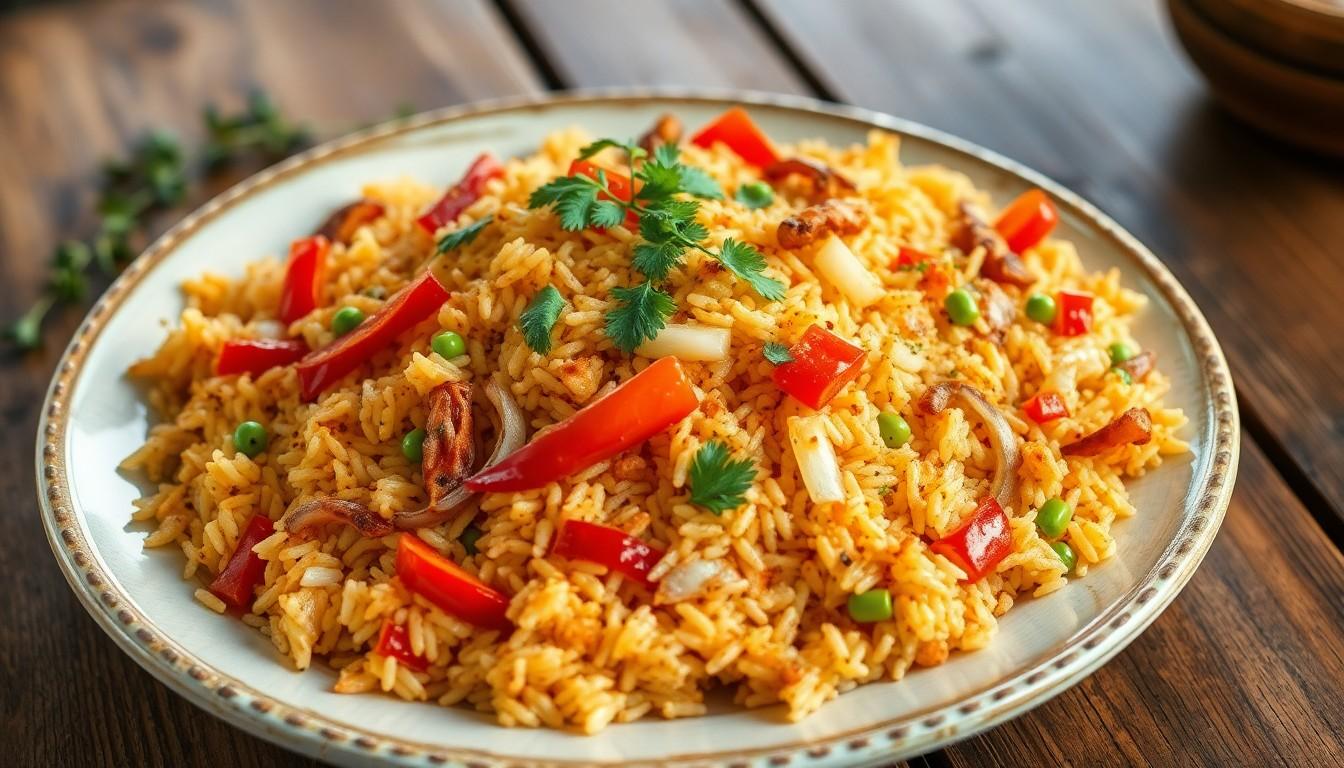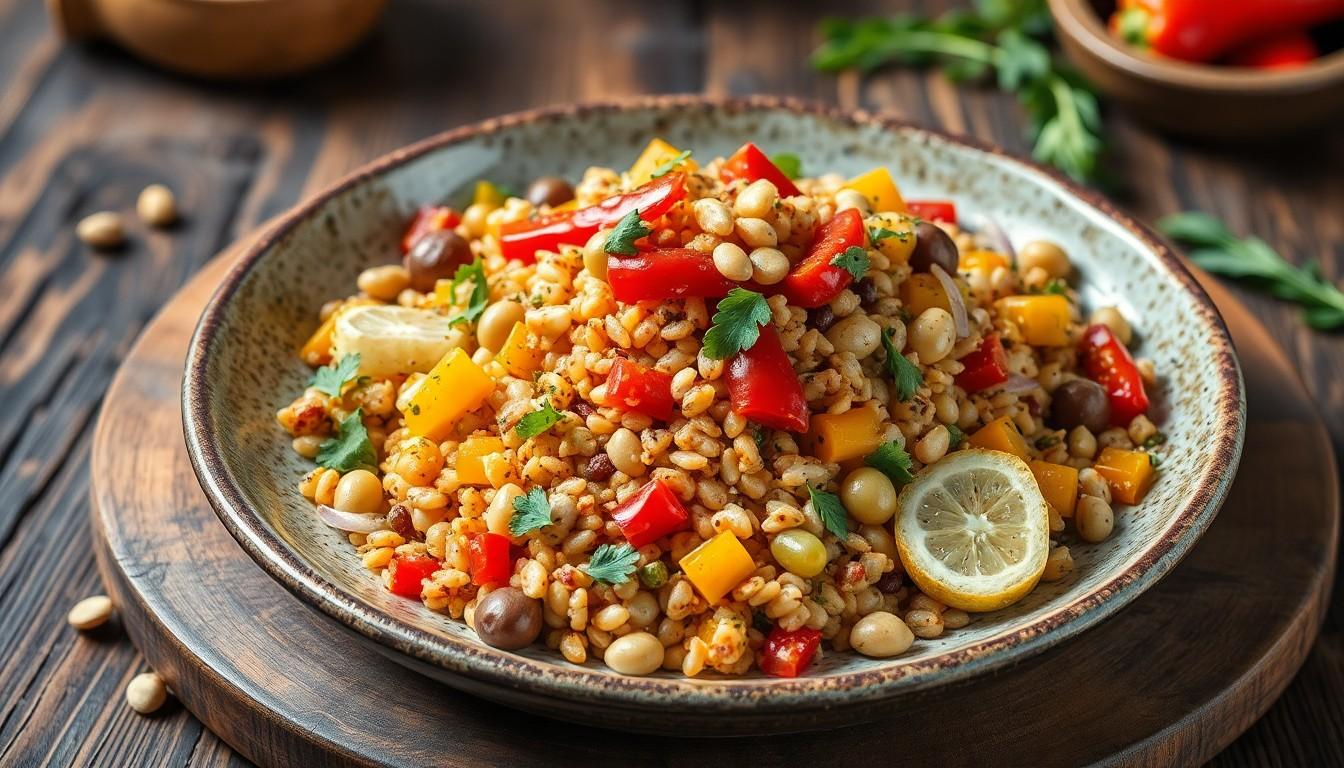When it comes to culinary curiosities, few questions stir the pot quite like whether felmusgano contains milk. This peculiar dish, often a topic of debate among food enthusiasts, has people scratching their heads and reaching for their ingredient lists. Is it a creamy delight or a dairy-free wonder?
Overview of Felmusgano
Felmusgano represents a unique culinary creation known for its diverse ingredients. This dish typically features a variety of flavors and textures, making it popular among food enthusiasts. Common ingredients include spices, herbs, and various vegetables, contributing to its distinctive taste.
Preparation methods vary widely, with some recipes opting for creaminess while others lean towards lighter textures. Observing the preparation can clarify if dairy is involved. Certain variations substitute dairy for plant-based alternatives, appealing to vegan diets.
Understanding the main components of felmusgano helps in assessing its milk content. Authentic recipes often omit dairy, leading to a dairy-free option, while others might introduce cream or cheese for richness.
Exploring specific ingredients reveals important details. For instance, one may find recipes that use nut milk as a substitute, hence reducing the presence of traditional dairy. Discussions among culinary circles emphasize these nuances, contributing to the ongoing dialogue about felmusgano.
The composition of felmusgano can influence its classification as dairy-free or creamy. Researching individual recipes uncovers a spectrum of options catering to various dietary preferences. Familiarizing oneself with ingredient labels also proves beneficial in determining if a commercial version contains milk.
Ingredient Composition of Felmusgano

Felmusgano features a variety of ingredients that shape its flavor and texture. Understanding these components helps clarify whether the dish contains milk.
Common Ingredients
Felmusgano commonly includes a mix of spices, herbs, grains, and vegetables. These elements create a rich tapestry of taste, often focusing on robust flavors like cumin, coriander, and garlic. Its base might consist of rice or other grains, with vegetables such as peppers and onions adding freshness. Some recipes incorporate legumes for protein and texture, while others feature nuts or seeds for added crunch. Depending on the preparation method, the combination of these ingredients often leads to a complex dish that can be adjusted to suit dietary needs.
Specifics on Dairy Content
Dairy content in felmusgano varies based on specific recipes. Traditional versions typically do not contain dairy, opting instead for lighter, plant-based alternatives. Some modern adaptations might include cream, yogurt, or cheese to enhance creaminess or richness. Reading ingredient labels is crucial for commercial versions, as some products may add milk or milk derivatives. Knowing the source of ingredients greatly aids in maintaining dietary preferences, such as vegan or lactose-free choices. Different preparations can either highlight or omit dairy, making it important to analyze each recipe individually.
Nutritional Analysis of Felmusgano
Felmusgano features a variety of components and may or may not include milk, depending on the recipe. It’s essential to investigate the ingredient list for accurate dietary choices.
Milk Alternatives
Numerous recipes for felmusgano utilize milk alternatives instead of traditional dairy. Coconut milk, almond milk, and soy milk provide creaminess while catering to vegan preferences. These alternatives deliver distinct flavors, enhancing the overall experience. Some chefs opt for cashew cream for a thicker texture that mimics dairy. Choosing an alternative helps those with lactose intolerance or those adhering to a plant-based diet without sacrificing taste.
Allergen Information
Allergy considerations are critical when enjoying felmusgano. Common allergens, such as nuts and gluten, may appear in specific variations. Individuals who are lactose intolerant should confirm whether their chosen recipe contains milk or creamy components. Manufacturers often list possible cross-contamination with allergens, making label reading vital. Cooking at home allows for better control over ingredients, ensuring allergenic items can be excluded. Prioritizing ingredient awareness enhances safety and satisfaction with this dish.
Consumer Opinions and Experiences
Consumers express mixed feelings about felmusgano’s milk content. Many people consider it a dairy-free dish, recalling traditional recipes that exclude milk. Others, however, report encountering variations that include cream or yogurt, leading to confusion. Enthusiasts note the delicious flavors derived from spices and herbs, which can be enjoyed regardless of the milk debate.
Feedback from those with dietary restrictions highlights the necessity of checking ingredient labels when purchasing pre-made options. Several consumers emphasize the availability of milk alternatives, such as coconut milk and almond milk, which enrich the dish without compromising dietary preferences. Often, these alternatives cater to vegan diets and those with lactose intolerance, providing a creamy texture similar to dairy.
Discussion among food lovers also revolves around homemade preparations. Many share experiences of substituting ingredients to meet their needs and preferences. Some choose to omit dairy entirely, while others might include cheese for added richness. Social media has become a platform for exchanging tips and tricks, with numerous recipes circulating that invite experimentation.
Furthermore, reviews of commercial felmusgano products indicate mixed results. Recipes that prioritize plant-based ingredients often receive praise for their bold flavors and satisfying textures. Meanwhile, those containing dairy find a divide among consumers regarding taste and dietary alignment. Overall, engaging in conversations about ingredient variations fosters a deeper understanding of felmusgano and its many adaptations.
Conclusion
Felmusgano’s relationship with milk remains a topic of interest for many. As recipes evolve and adapt, the inclusion of dairy varies significantly. Traditional versions often steer clear of milk, while modern takes may introduce cream or yogurt for added richness.
For those adhering to specific dietary needs, understanding the ingredients is key. Exploring homemade options or carefully reading labels on commercial products can ensure that preferences are honored. The ongoing dialogue about felmusgano not only highlights its versatility but also invites culinary creativity, allowing individuals to enjoy this flavorful dish in a way that suits their tastes and dietary restrictions.




